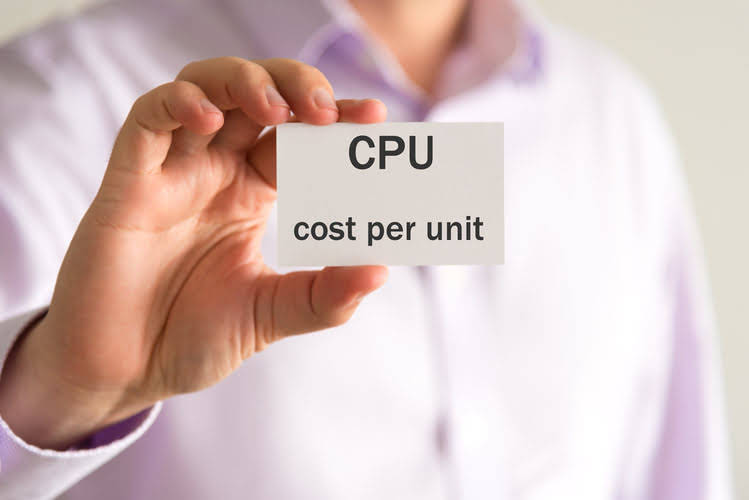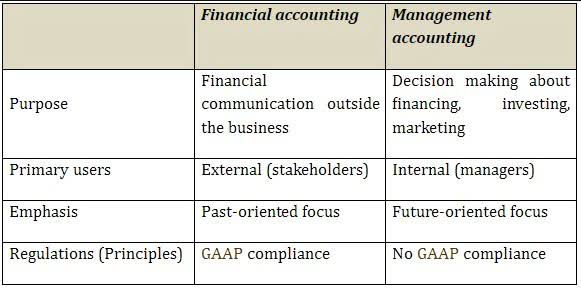
In this way, the salvage value directly impacts the calculation of annual depreciation and, consequently, the financial and tax implications for the investor. When a consumer leases a vehicle, the leasing company estimates the car’s residual value at the beginning of the lease. Suppose a car is leased with an original cost of $30,000, and the residual value is set at 50% after a three-year lease term, which is $15,000. With a large number of manufacturing businesses relying on their machinery for sustained productivity, it is imperative to keep assessing the equipment they own.

Using Salvage Value to Determine Depreciation
This will result in an asset’s entire cost being depreciated during the years that the asset is used in the business. online bookkeeping Any amount received that is in excess of the asset’s book value will be reported as a gain at the time it is sold. In some contexts, residual value refers to the estimated value of the asset at the end of the lease or loan term, which is used to determine the final payment or buyout price. In other contexts, residual value is the value of the asset at the end of its life less costs to dispose of the asset. In many cases, salvage value may only reflect the value of the asset at the end of its life without consideration of selling costs.

How Is Salvage Value Calculated?

Auditors should examine salvage value levels as part of their year-end audit procedures relating to fixed assets, to see if they are reasonable. Starting from the original cost of purchase, we must deduct the product of the annual depreciation expense and the number of years. This method assumes that the salvage value is a percentage of the asset’s original cost.
- So, total depreciation of $45,000 spread across 15 years of useful life gives annual depreciation of $3,000 per year.
- Straight line depreciation is the most commonly used and straightforward depreciation method for allocating the cost of a capital asset.
- The double-declining balance method doubles the straight-line rate for faster depreciation.
- For instance, a vehicle’s salvage value might decrease if newer models with better fuel efficiency become available.
- The Internal Revenue Service (IRS) requires companies to estimate a “reasonable” salvage value.
- It represents the estimated value of an asset when it is no longer useful or productive to a company.
- It exhibits the value the company expects from selling the asset at the end of its useful life.
Market Residual Value
A company uses salvage value to estimate and calculate depreciation as salvage value is deducted from the asset’s original cost. A company can also use salvage value to anticipate cash flow and expected future proceeds. An asset’s depreciable amount is its total accumulated depreciation after all depreciation expense has been recorded, which is also the result of historical cost minus salvage value. The carrying value of an asset as it is being depreciated is its historical cost minus accumulated depreciation to date. If an asset is sold for more than its adjusted tax basis, the excess is subject to capital gains tax. Conversely, if the sale price is lower than the adjusted tax basis, the difference may be Record Keeping for Small Business deductible as an ordinary loss, depending on the asset’s classification.
- After ten years, no one knows what a piece of equipment or machinery would cost.
- He is a CFA charterholder as well as holding FINRA Series 7, 55 & 63 licenses.
- In both methods, the salvage value plays a critical role in determining the annual depreciation expense.
- This figure is pivotal for stakeholders assessing the company’s asset base and its potential for generating future economic benefits.
- It’s the estimated value of something, like a machine or a vehicle, when it’s all worn out and ready to be sold.
Salvage Price:

By factoring in salvage value, companies can more accurately project the long-term profitability of investments and allocate resources toward assets that promise the greatest financial return. To calculate the annual depreciation expense, the depreciable cost (i.e. the asset’s purchase price minus the residual value assumption) is divided by the useful life assumption. Salvage value what is salvage value in accounting is the estimated value of an asset at the end of its useful life. It represents the amount that a company could sell the asset for after it has been fully depreciated.
- The applicable tax rate on the gain from the asset sale significantly impacts the after-tax salvage value.
- It means that the asset will be depreciated faster than with the straight line method.
- Useful life refers to the expected time an asset will be productive for a business.
- Considering the aforementioned factors, the investment is deemed highly risky.
- It is also known as scrap value or residual value, and is used when determining the annual depreciation expense of an asset.
- Significant changes in technology or market conditions may require periodic reassessment of an asset’s useful life.

